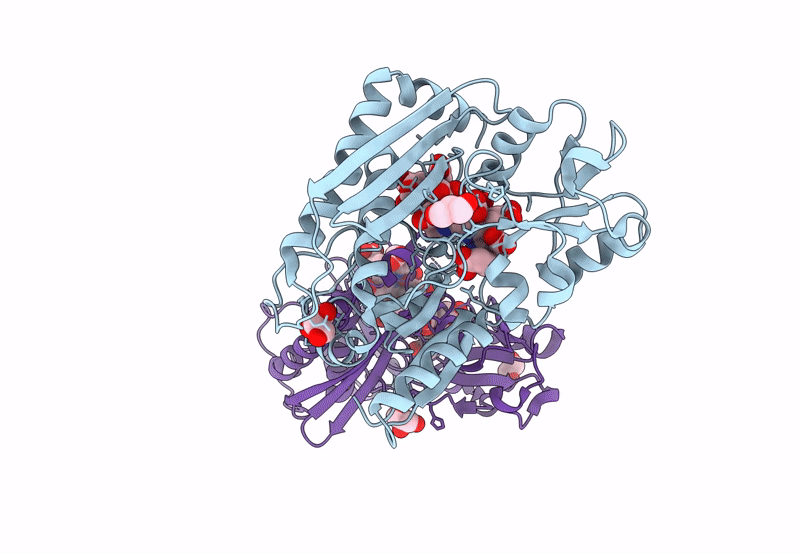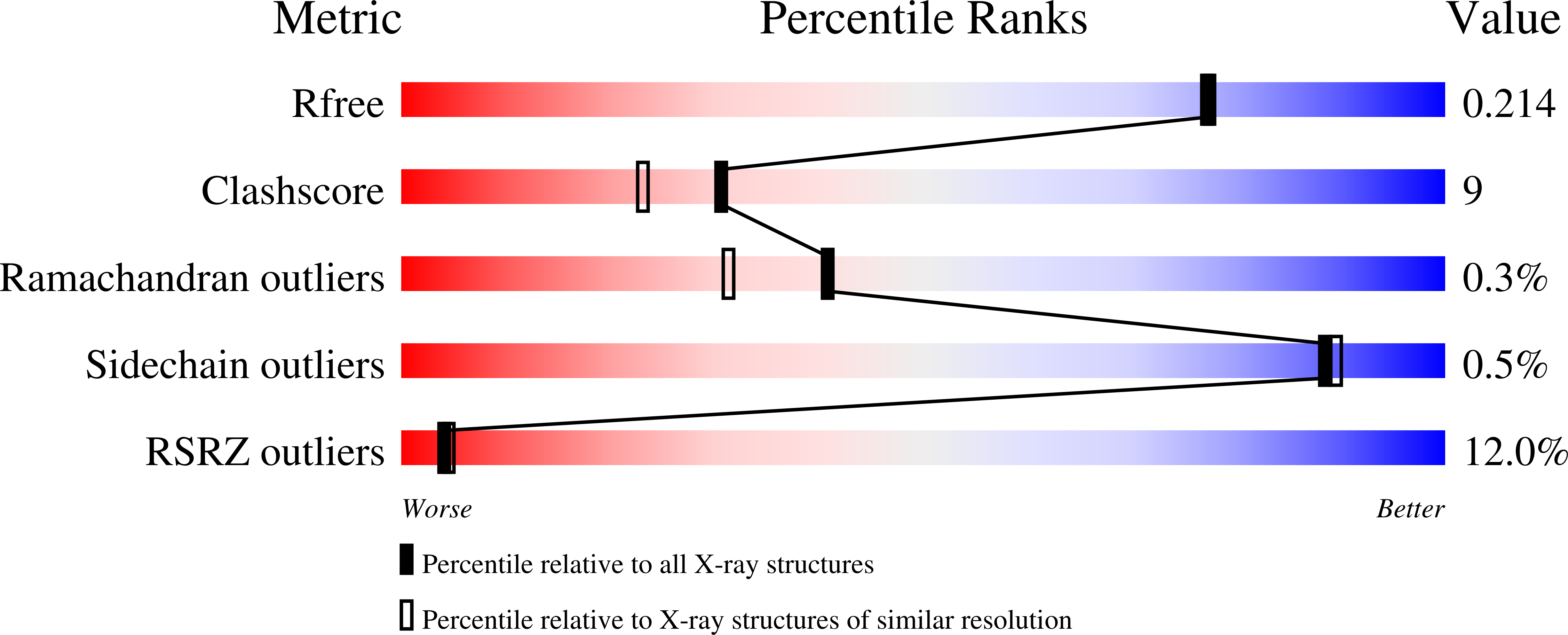
Deposition Date
2023-06-30
Release Date
2023-11-01
Last Version Date
2024-02-14
Entry Detail
PDB ID:
8PND
Keywords:
Title:
The ES3 intermediate of hydroxymethylbilane synthase R167Q variant
Biological Source:
Source Organism:
Homo sapiens (Taxon ID: 9606)
Host Organism:
Method Details:
Experimental Method:
Resolution:
1.90 Å
R-Value Free:
0.21
R-Value Work:
0.18
R-Value Observed:
0.18
Space Group:
P 2 21 21


